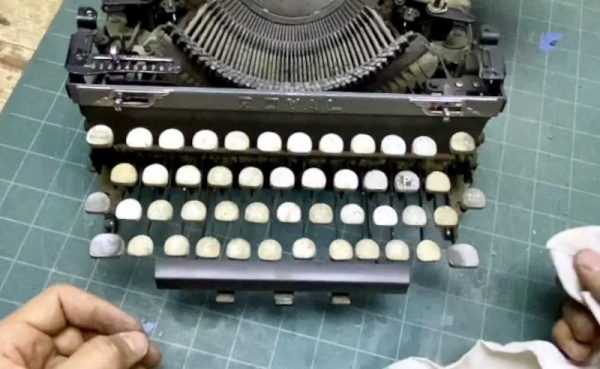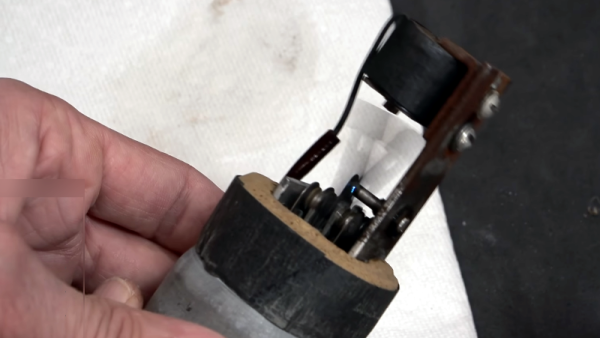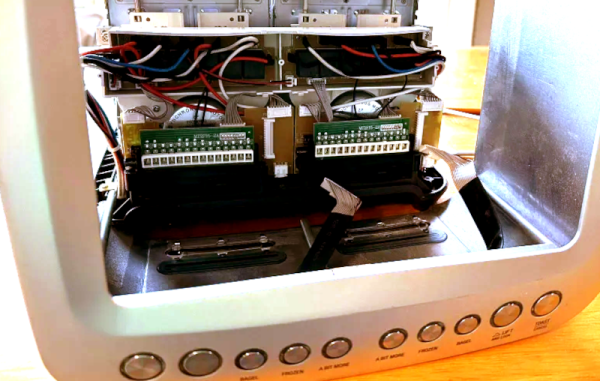Back in the 1970s, Rockwell had an ad that proudly proclaimed: “The best electronic brains are still human.” They weren’t wrong. Computers are great and amazing, but — for now — seemingly simple tasks for humans are out of reach for computers. That’s changing, of course, but computers are still not good at tasks that require a little judgment. Suppose you have a website where people can post things for sale, including pictures. Good luck finding a computer that can reliably reject items that appear to be illegal or from a business instead of an individual. Most people could easily do that with a far greater success rate than a computer. Even more so than a reasonable-sized computer.
Earlier this month, we reported on Amazon stepping away from the “just walk out” shopping approach. You know, where you just grab what you want and walk out and they bill your credit card without a checkout line. As part of the shutdown, they revealed that 70% of the transactions required some human intervention which means that a team of 1,000 people were behind the amazing technology.
Humans in the Loop
That’s nothing new. Amazon even has a service called Mechanical Turk that lets you connect with people willing to earn a penny a picture, for example, to identify a picture as pornographic or “not a car” or any other task you really need a human to do. While some workers make up to $6 an hour handling tasks, the average worker makes a mere $2 an hour, according to reports. (See the video below to see how little you can make!) The name comes from an infamous 200-year-old chess-playing “robot.” It played chess as well as a human because it was really a human hiding inside of it.


















